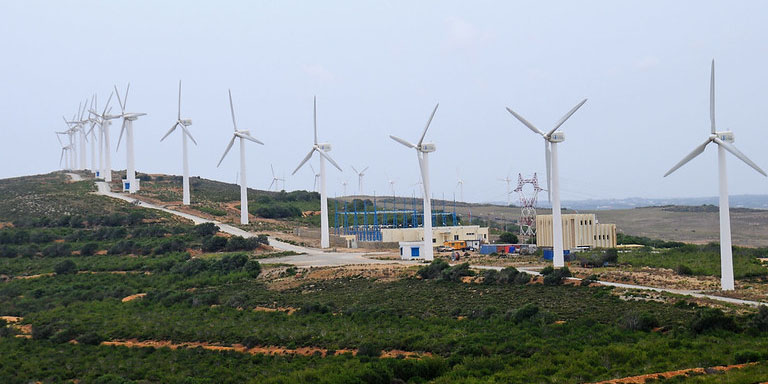
Safeguard Policies
The current environmental and social policies of the Bank are known as the "Safeguard Policies," the mechanism for addressing environmental and social issues in our project design, implementation and operation, and they provide a framework for consultation with communities and for public disclosure. Examples of these requirements include conducting environmental and social impact assessments, consulting with affected communities about potential project impacts, and restoring the livelihoods of displaced people.
Environmental and Social Framework
In August 2016, the World Bank adopted a new set of environment and social policies called the Environmental and Social Framework (ESF). As of October 1, 2018, the ESF applies to all new World Bank investment project financing. With existing projects continuing to apply the Safeguard Policies, the two systems will run in parallel for an estimated seven years.
------------------------------------------------------------------------------------------------------------------------------------
The Environmental and Social Safeguard Policies
The World Bank’s current environmental and social policies, consisting of our 11 Operational Policies.
Performance Standards for Private Sector Projects Supported by IBRD/IDA - On June 26, 2012, the Board of Executive Directors approved adoption and application of World Bank Performance Standards to be used for Bank financing or support (e.g., Partial Risk Guarantees) which is destined to projects, or components thereof, that are owned, constructed, and/or operated by the private sector, in place of the World Bank environmental and social Safeguard Policies (R2012-0130;IDA/R2012-0161).
Technical assistance for preparatory work for private sector engagement in Public-Private Partnerships would be eligible, as well as investment operations that include medium -or long-term management contracts, affermage/leases, privatizations, concessions, and projects within the Build-Own-Transfer (BOT) family. Financial Intermediary lending also is a candidate, provided the Bank lending or guarantee to the financial intermediary is designated for subprojects implemented by the private sector or private parties.
- Board Paper
- OP 4.03 Performance Standards for Private Sector Activities
- BP 4.03 Performance Standards for Private Sector Activities
- IFC Performance Standards